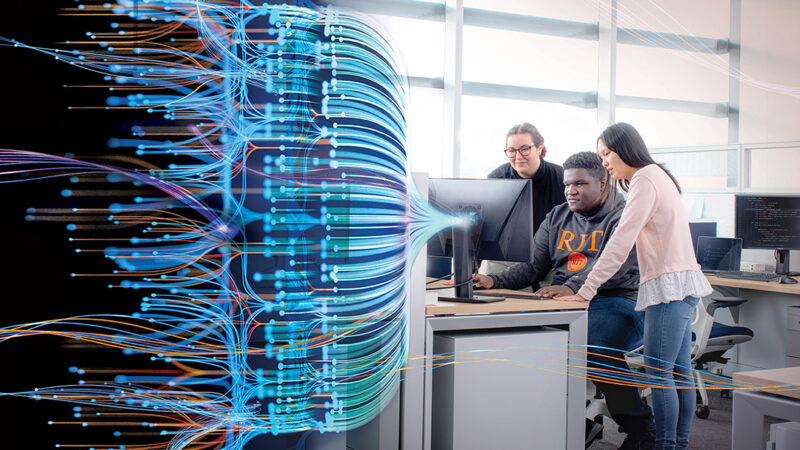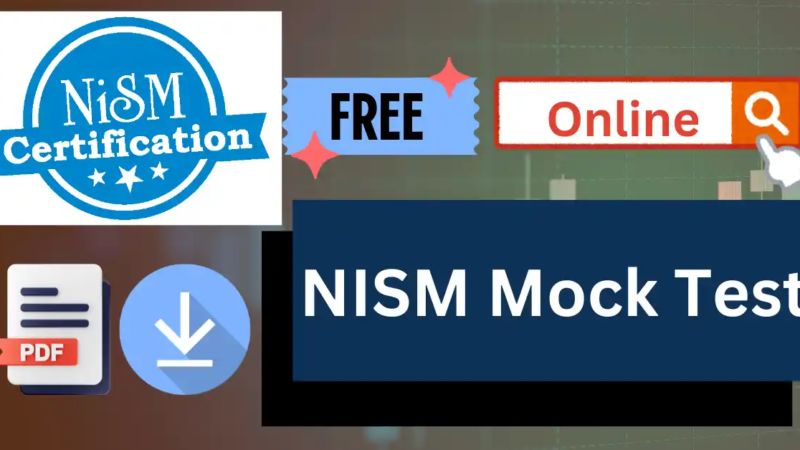How Can Technology Play a Major Role in Pharmacy Advancement
Introduction
A pharmacy is a medical dispensary, located in every nook and corner of the country. We all have had run-ins at the pharmacy in our lives. From cough drops and pain ointment to serious medicines, they carry it all. Pharmacy and pharmacists are also inundated with the grave responsibility of informing the regular people amount the tenacity, usage, and dosage of drugs.
We understand that the primary job of a pharmacy is to dispense medicine. A pharmacy acts as a middleman between regular people and pharmaceutical companies. A pharmacist – the person behind the desk – is the primary communicator and interpreter of these drugs. The role of pharmacies around the block is limited but critical. Traditionally, it was all about seeing the prescription note and issuing drugs. But as markets expand, vendors are gaining ground and becoming vicious with their capitalistic marketing techniques. This hurts both the trained pharmacists and the people who have no knowledge about the product but want to get drugs at the best price possible. There’s one thing that’s making the job of pharmacy much easier, and that’s technology.
Before we get into that, let’s see the operational level of a typical pharmacy in India:
There are three basic levels of running a pharmacy in India:
- Procurement of medicine
- Storage of medicine
- Distribution of medicine
The Technological Evolution in Pharmacy
Pharmacy operations are already at par for millions of Indians. But experts believe that they can be improved through the influx of technology. Technological development can change the way we look at all of them. From sorting medicine, streamlining vendors, and matching patients to maintaining a sound inventory and a credible backup – technology can change the way pharmacies are run. This is why many pharmacies, particularly in urban areas, are embracing these changes.
Adopting technology and SaaS products also elevates the operational abilities of a pharmacy. Technologically-induced smart digitization can cut costs and help pharmacies in running their operations effectively.
The Need for Technological Advancement in Pharmacy
- There’s more to pharmacy than wrapping medicine up
Pharmacy is an evolving field with multiple avenues opening up every year. With technology, you can accommodate plenty of changes with ease. As the primary connection between the drug market and the customers, pharmacists are enamoured with the unique responsibility of seeking the best possible vendors and getting the most economic medicine for people. - Pharmacy students need to get used to the technology
The use of technology shouldn’t come as a surprise after graduation. Instead, they should learn the advancements beforehand and be ready to use them in their jobs after leaving pharmacy colleges. Pharmacy institutes like the College of Engineering, Osmanabad, are already making efforts to include technological advancement in their classes, and students should be equipped with the latest developments in the field. - Ability to work through complex orders
Sorting, managing, and fulfilling orders are one of the main jobs of a pharmacist. Serious steps are being taken to modernise the deployment of medicines so that pharmacists can work through a tough load of orders. The field of pharmacy is in the need of a serious makeover, which will be spearheaded by the experienced employees already working in this field. - Transformation of the pharmacy industry
The pharmacy industry has long been seen as archaic and old school. While all other branches of medicine are reforming, pharmacists should also step up. Technology puts the platform to use and develops solutions that are inexpensive and transformative. From online medicinal orders to tele-consultancy — the game is changing and we all should be glad for it.
Leading Technological Advancements in the Pharmacy Industry
1. Electronic Prior Authorization
Electronic prior authorization (EPA) was introduced in 2015 and is slowly catching up with pharmacies across the world. EPA is software that allows two types of authorization before the pharmacist lets out even a pill. EPA is registered with central drug distribution authorities and the details of recurring patients are stored in a centralized system. The point of EPA is to facilitate customer service by eliminating cumbersome lines and allowing for relaxed transactions at all pharmacies.
2. Real-Time Pharmacy Teller
Real-time pharmacy tellers (RTPB) are used to improve the accuracy of drug dispensation. Imagine being able to analyze your drugs and see through the contents yourself. This way, you can scan through the medicine and check for any possible discrepancies or allergic components is an incredible thing. Engineering college in Osmanabadis leading in this revolution. When patients get access to medicinal components, they can also file suggestions and improve the composition of medicine or bring down prices.
3. Medication Therapy Management
Pharmacists provide patient care services and medication therapy management to thousands of people in need. Among other things, the duties include comprehensive medication reviews, drug use reviews, medication reconciliation, reviewing lab tests, immunizations, and drug dosage adjustments. MTM also improves medication routine and improves patient outcomes among patients suffering from prolonged diseases, thereby bringing down the costs and improving the outcomes of care for patients.
4. Specialty Prescribing
Pharmacists have to deal with different kinds of patients these days. The high-cost and rare medications are made for special cases. These medicines are critical for people, but most patients are unable to reach them. Special case prescription technology matches people with medicine by looking over their shared database of medicine.
In conclusion,
The technological revolution in pharmacy has been a long time coming, and pharmacy colleges in Osmanabadare leading the way. The profession has been calling on voices to take over important roles as the public utility of the profession increases with every passing day. Technology is great and should be used in as many areas as possible. New systems improve the dispensation of care in the health care system. Over the years, new technology has enabled pharmacists to devote more and more time to improving the use of medicines. The distribution of medicine can be improved by these technological advancements.







